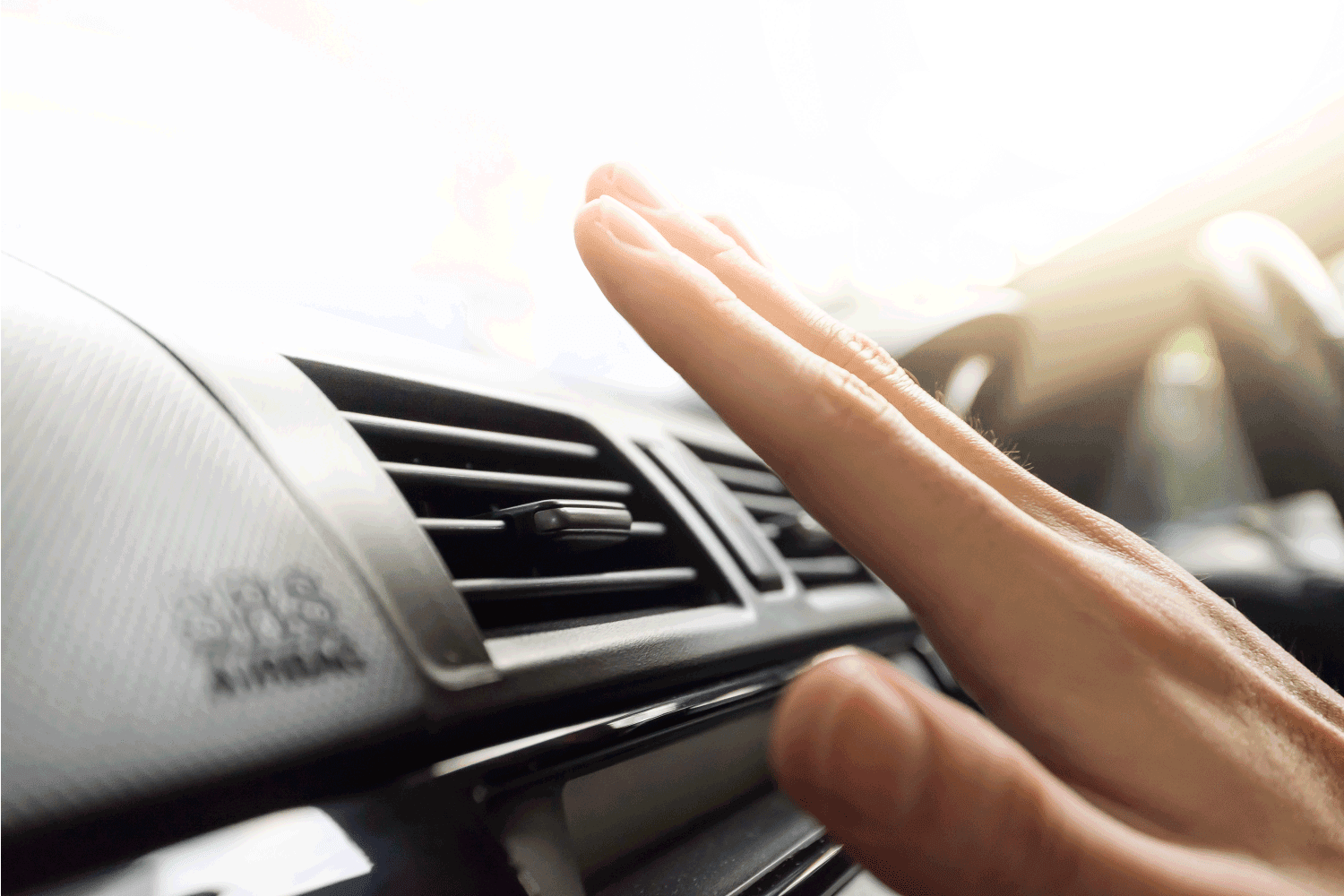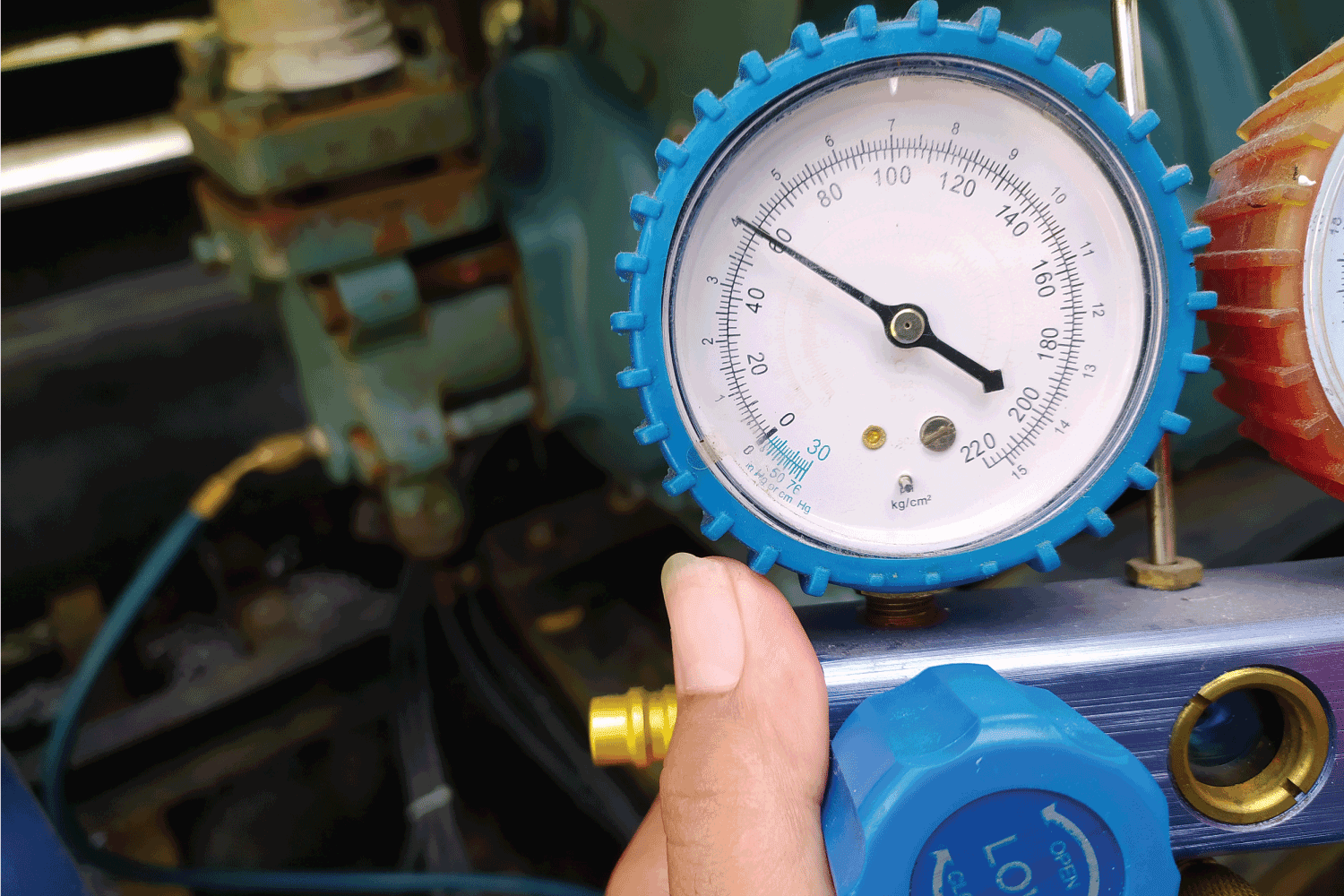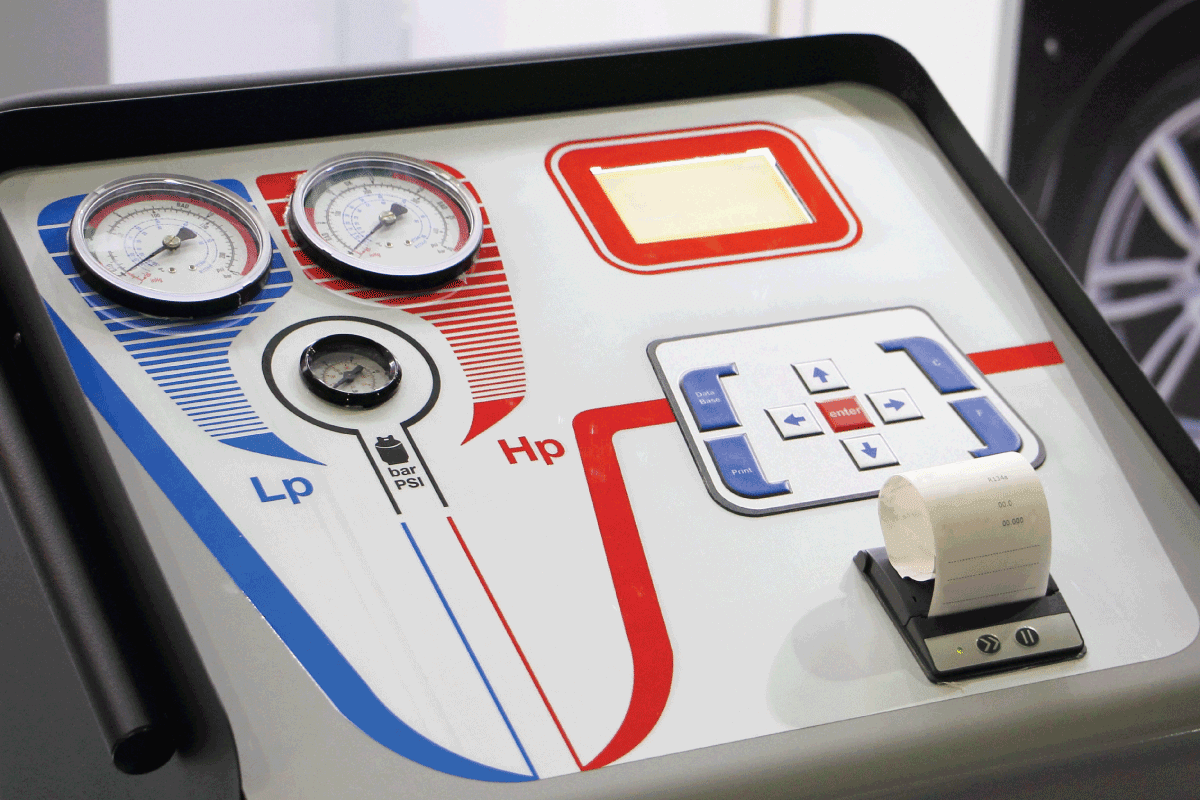Your Coleman AC is a gem because it keeps you cool in your RV on a hot summer day. When you notice your Coleman RV AC is producing less cool air, it may be time to add Freon to recharge it. How do you do this? We researched the question to bring you the information below.
If you notice your Coleman RV AC is not blowing enough cold air, you can recharge it by adding Freon. To do this, you need to turn off the AC, check your refrigerant levels, and add the required amount of Freon.
Keep reading as we provide details on how to recharge your Coleman RV AC. We'll also cover the signs that indicate that you need to recharge your AC, what causes Freon levels to go lower, and the cost of adding Freon to your AC.

How Do You Add Freon When Recharging Your RV AC?
With time, RV air conditioners lose pressure, meaning that the refrigeration process in the appliance will not be as effective. One sign that this is the case is when your AC starts producing less cool air.
When you notice this, you may need to recharge your AC by adding more Freon. Below is a guide that shows you how to go about the process:

Switch Off The Power
Look for and switch off the breaker that transfers power to your AC. This protects you by preventing a potential electric shock.
Read The Owner's Manual
After reading the owner's manual of your Coleman AC, you will be sure of the brand or type of refrigerant your AC needs. In this case, we'll assume your AC uses Freon.
As a result, you should not use any other brand except Freon, because mixing two different refrigerants could cause serious damage to your appliance.
Lift The Cover From Your AC
Climb on top of your RV and remove the cover or plastic lid from your AC unit. Be careful when doing this to prevent damage to the unit.
Check The Level Of Your Freon Refrigerant
This is a refrigerant gauge that you can find on Amazon.
You can use a refrigerant gauge like the one shown above to check the Freon levels in your AC. If your unit does not have a place for you to check the levels, you may have to install a line tap like the one shown below.
But you need to be extremely careful when installing a line tap because you can mistakenly create a hole in the refrigerant line and damage your unit.
Have a look at this tap valve line on Amazon.
If your Freon evaporation temperature is less than 30 or 40 degrees, you need to fill up your AC. It’s important to note that if the levels are not this low, your unit most likely has another problem.
Based on the information in your manual, you should know the Freon capacity of your unit before recharging. As you recharge it, keep a sharp eye on the levels as it fills up.
The video below shows how to fill an RV AC unit with refrigerant:
Test Your AC
Switch the power back on to test if the AC is now cooling properly. Let it run for some hours. If recharging did not fix your unit, call an RV technician to inspect it, as there could be another problem.
Signs The Freon Refrigerant Inside Your AC Is Low
It would be terrible to set off in your RV, only to find out later that your AC is not cooling well. To avoid such a situation, below are several signs that can alert you when your refrigerant levels are low:

It Takes Longer Than Usual To Cool Your RV
If you notice the inside of your RV taking too long to cool, the refrigerant levels may be low. It will be uncomfortable for you and the RV occupants due to unusually high temperatures.
Warm Air Blowing Out Of AC Vents
If warm air is coming out of the AC vents instead of cool air, then there may not be enough refrigerant in your AC.
Lower Temperature Than What You Set
Setting your thermostat to a particular temperature that it never reaches means you need to check the Freon level in your AC.
Higher Electric Bill
Low refrigerant levels can result in your AC working harder than usual to cool down your RV. Subsequently, your energy bills will be higher.
Ice Build-Up On The Refrigerant Lines
Low refrigerant means that the pressure in your unit is low. This lowers the temperature in the refrigerant coils, and frost may form on top of them.
When this happens, don’t attempt to hack away the ice with a sharp object as you may damage the coils. Instead, allow the ice to thaw, and then you can have it checked by a technician.
Leaking Water
When the ice on the refrigerant lines melts, a puddle of water will form on the floor of your RV. If you see water and you are not sure where it came from, check the refrigerant levels of your AC.
Bubbling Or Hissing Sounds
A continuous bubbling sound could be a sign that the refrigerant is leaking from the refrigerant lines. A leaking internal valve will produce a hissing sound. If left unchecked, the sounds will increase.

What Causes Low Refrigerant?
You might be wondering what causes low refrigerant in your AC. You are not alone. Many people assume that refrigerant gets used up the way gasoline in your car does. But this is not the case.
The refrigerant circulates in a closed system inside your AC unit. It changes from gas to liquid and back to gas as it circulates and continues in this cycle. During the process, the volume of the refrigerant remains the same.
Normal wear and tear take place as you continue using your air conditioner. That is when leaks occur, because parts like the rubber seal around your unit’s service valve or assembly joints wear out, allowing refrigerant to flow out.
Another reason refrigerant may leak out is when the refrigerant line is physically damaged. This is not very common.
More common is the formation of acid inside the copper tubes, which can cause them to corrode. Manufacturers are moving away from copper and replacing them with aluminum tubes or lines, because aluminum does not corrode easily.
You should repair a leak immediately after you notice it. If you don't, your appliance will not run as efficiently as it should. It can deteriorate to the extent you have to replace your AC.
The Cost Of Filling Your RV AC With Freon
Each pound of Freon costs between $125 to $150. To hire a technician to fill it for you will cost between $70 and $100 per hour.
However, these costs can vary depending on the city you live in, the supplier you choose, and the amount of refrigerant you need in your AC.
It takes between 5 and 10 minutes to recharge your AC with refrigerant. This sounds like a simple job, and you may want to do it yourself. However, it is recommended to call a technician to fill it for you.
A technician will have the necessary knowledge and skills and will be unlikely to make a mistake. Charging with the wrong refrigerant or doing it the wrong way can cause damage to your unit.
Just in case you didn't know, the Environmental Protection Agency (EPA) section 608 requires that refrigerant handlers be certified. So this is reason enough to call a professional technician to fill your AC with Freon.

In Closing
Low refrigerant levels in your AC are usually caused by leaking refrigerant. This can occur due to corrosion or damage to the refrigerant coil, causing your AC not to cool efficiently.
As soon as you notice this, refill it with more refrigerant—in this case, Freon.
There are signs to watch out for that indicate that your Freon levels are low. By taking action immediately, you can save your AC from damage. Hiring labor to add Freon to your AC and the Freon itself is quite affordable.
If you enjoyed reading this post, you are welcome to read more by clicking the following links:



what is normal presure of gas in the AC?
how much gas to fill the AC first time